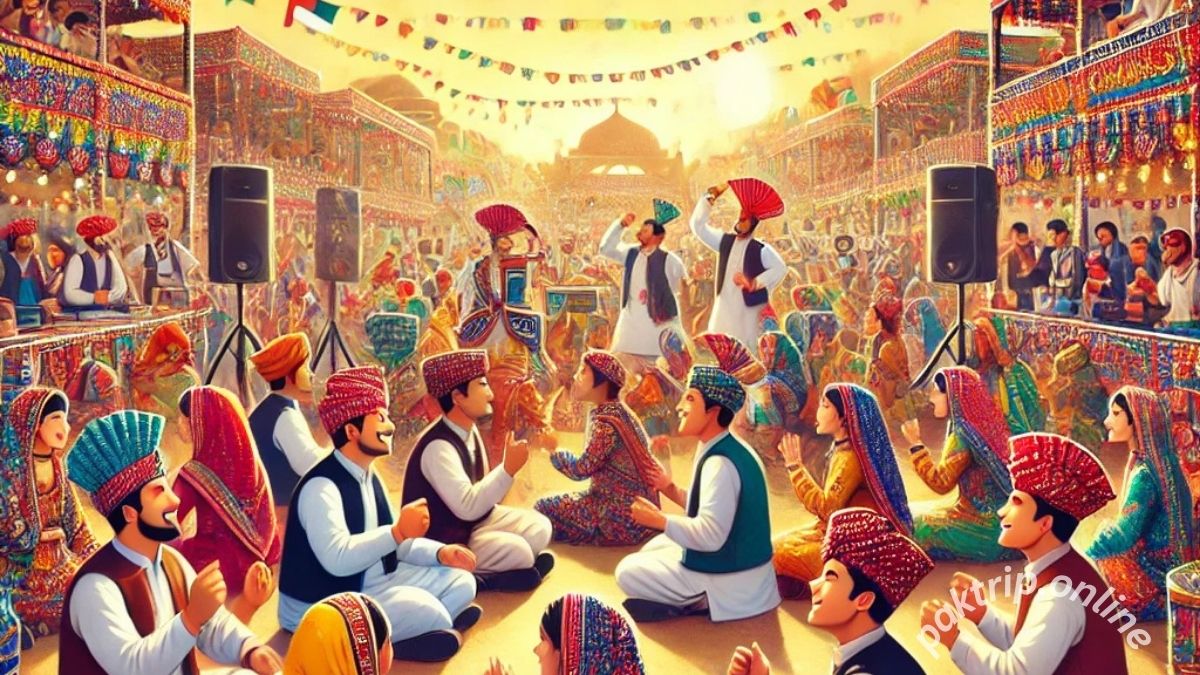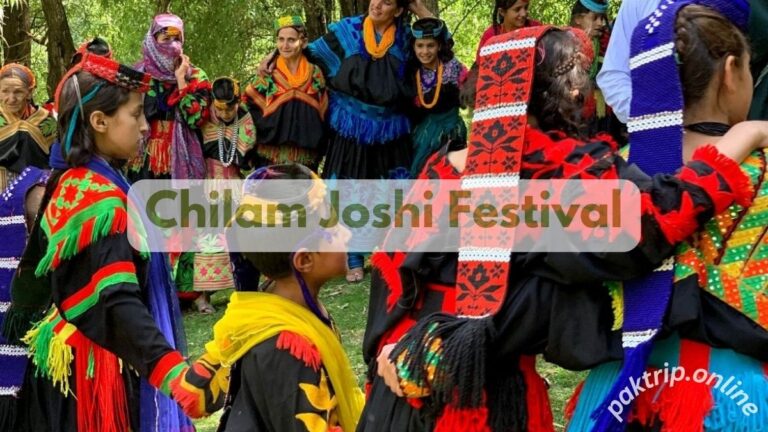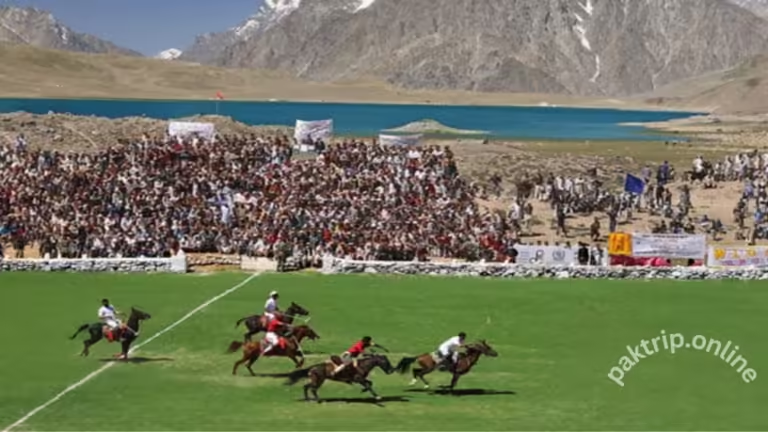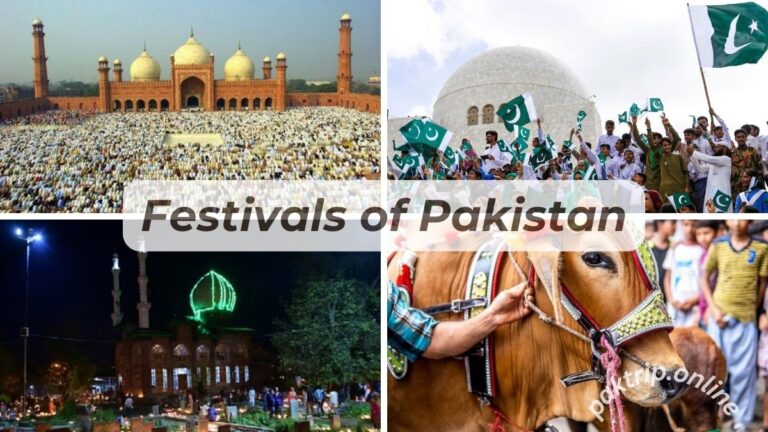Sindhi Cultural Day: A Celebration of Sindh’s Rich Heritage
Sindhi Cultural Day, or Aekta Jo Deen (Day of Unity), is an annual celebration of Sindhi heritage, observed on the first Sunday of December. It’s not just a day of festivity but a profound expression of love and pride for the centuries-old culture of Sindh. With a history rooted in the ancient Indus Valley Civilization, Sindhi culture represents a blend of tradition, art, music, and unity that captivates people around the world.
First celebrated on December 6, 2009, Sindhi Cultural Day has grown into a global event that showcases the richness of Sindhi traditions. From the Ajrak and Sindhi Topi to the poetic verses of Shah Abdul Latif Bhittai, the day serves as a reminder of Sindh’s unique contributions to Pakistan and the world.
Origins and Significance of Sindhi Culture
Sindh’s culture dates back over 5,000 years, with its roots in the Indus Valley Civilization, one of the world’s earliest known societies. Mohenjo-Daro, the jewel of this ancient civilization, reveals a highly advanced urban setup with remarkable achievements in planning, architecture, and trade.
Sindh has long been called the Land of Sufis, home to great mystics like Shah Abdul Latif Bhittai, Lal Shahbaz Qalandar, and Sachal Sarmast. Their teachings of love, tolerance, and humanity are deeply embedded in Sindhi identity, shaping its cultural ethos and inspiring people to this day.
How Sindhi Cultural Day is Celebrated
Sindhi Cultural Day is marked with immense enthusiasm across Sindh and among the Sindhi diaspora worldwide. The day is filled with vibrant activities that highlight the unique aspects of Sindhi heritage. Here’s how it is celebrated.
1. Ajrak and Sindhi Topi: Symbols of Identity
On this day, people wear traditional Sindhi attire, prominently featuring the Ajrak and Sindhi Topi. The Ajrak, with its intricate red and blue patterns, symbolizes craftsmanship and pride. The Sindhi Topi is a round cap often adorned with mirror work, completing the traditional look.
2. Rallies and Public Gatherings
Cities and towns across Sindh are decorated with Ajrak patterns, and people participate in rallies to display their cultural pride. These rallies often feature traditional music, dance, and folk songs that bring communities together.
3. Cultural Events and Performances
Schools, colleges, and universities organize cultural programs, debates, and seminars to educate the younger generation about Sindhi history and traditions. Folk musicians and poets perform, captivating audiences with Sindhi tunes and soulful verses.
4. Exchange of Gifts
Exchanging Ajrak and Sindhi Topi has become a cherished tradition. It signifies unity, respect, and love among Sindhis. People also gift these items to friends and guests as tokens of cultural pride.
5. Culinary Delights
Food plays a central role in the celebrations. Traditional Sindhi dishes like Sindhi Biryani, Palla fish, and Sai Bhaji are prepared and shared with family and friends. These meals enhance the festive spirit and bring people together.
Key Aspects of Sindhi Culture
Sindhi culture is a tapestry woven with history, traditions, and artistry. Some key characteristics that define it include:
Sindhi Music and Literature
Sindhi music, deeply influenced by Sufi teachings, is a vital part of the culture. The poetry of Shah Abdul Latif Bhittai, sung to the beats of the tambura, conveys messages of love and resilience. On Sindh Cultural Day, his verses are often recited, inspiring a sense of pride and connection to Sindh’s heritage.
Modern artists like Abida Parveen have brought Sindhi music to a global audience, blending traditional tunes with contemporary styles.
Handicrafts and Art
Sindh is renowned for its exquisite handicrafts, including:
Ajrak: Shawls meticulously hand-block-printed with intricate traditional designs, showcasing timeless craftsmanship.
Rilli Quilts: Colorful, hand-stitched quilts made by local women.
Pottery and Textiles: Intricately designed products that tell the stories of Sindh’s past.
These crafts are more than just a way for people to earn a living; they also showcase the incredible talent and creativity of Sindhi artists.
Sindhi Cuisine
Sindhi cuisine is a flavorful representation of the region’s agricultural abundance. Popular dishes include:
Sindhi Biryani: Famous for its rich blend of fragrant spices and succulent, tender meat.
Sai Bhaji: A wholesome vegetarian dish made with spinach, lentils, and spices.
Palla Fish: Palla fish is a traditional delicacy of Sindh, prepared with authentic Sindhi spices that enhance its unique flavor.
Language
Sindhi, one of the oldest languages in the world, is spoken by millions in Pakistan and India. Its rich vocabulary and script are central to the preservation of Sindhi literature and culture.
The Role of Sindhi Sufism
Sindh’s identity is closely tied to its Sufi heritage. Sufism, with its emphasis on love, humanity, and unity, has been a guiding force in Sindhi culture. Sufi shrines like those of Shah Abdul Latif Bhittai and Lal Shahbaz Qalandar are centers of spiritual and cultural activity, attracting visitors from all walks of life.
Sufi poetry and music are integral to Sindh Cultural Day, reminding people of the values that define their heritage.
Why Cultural Day Matters
Sindhi Cultural Day is more than just a celebration; it is a reaffirmation of identity and unity. In a rapidly changing world, where cultures often face the risk of erosion, this day serves as a platform to preserve and promote Sindhi traditions.
1. Promoting Unity
The day brings together Sindhis from diverse backgrounds, fostering a sense of belonging and pride.
2. Educating the Youth
Through cultural events and programs, the younger generation learns about the significance of Sindhi traditions and values.
3. Showcasing Sindhi Culture Globally
Sindh Cultural Day provides an opportunity to highlight Sindhi heritage on an international stage, promoting cross-cultural understanding.
Conclusion
Sindhi Cultural Day is a heartfelt celebration of one of the oldest and richest cultures in the world. It is a day of unity, pride, and reflection, where Sindhis honor their heritage and share it with the world. From the Ajrak and Sindhi Topi to the soulful verses of Sufi poets, every aspect of this day speaks to the beauty and resilience of Sindhi culture.
As we continue to celebrate Sindhi Cultural Day, we ensure that the legacy of Sindh’s history, traditions, and values remains alive for generations to come. Let us embrace and preserve this vibrant culture, reminding the world of the unique contributions of Sindh.





